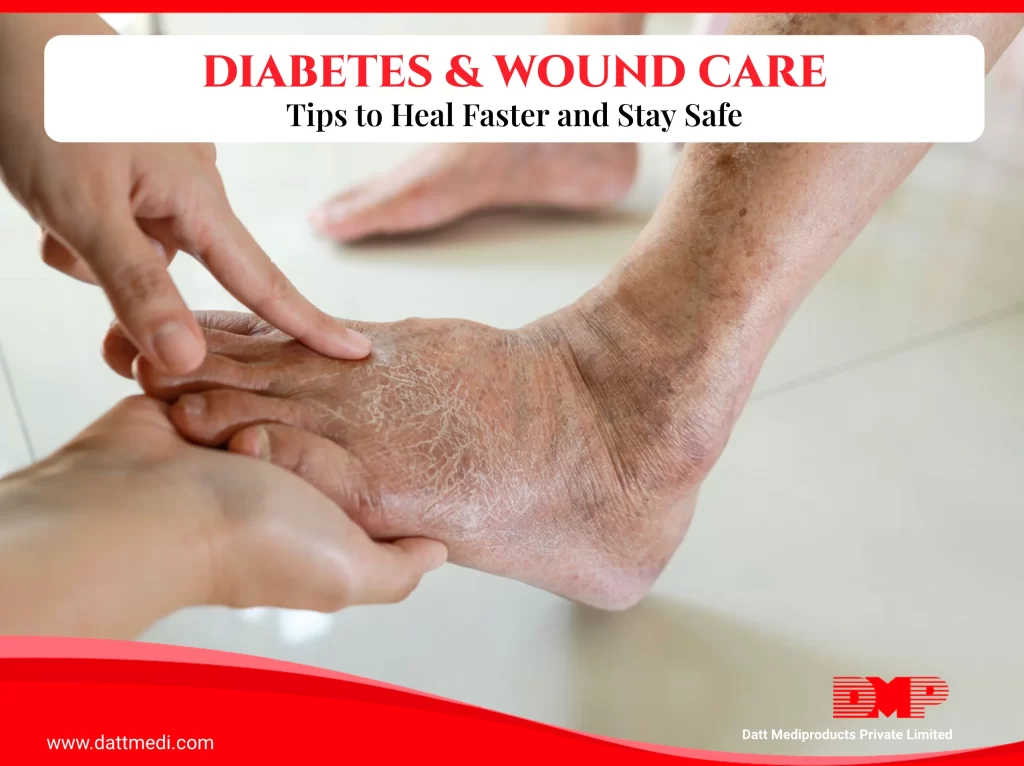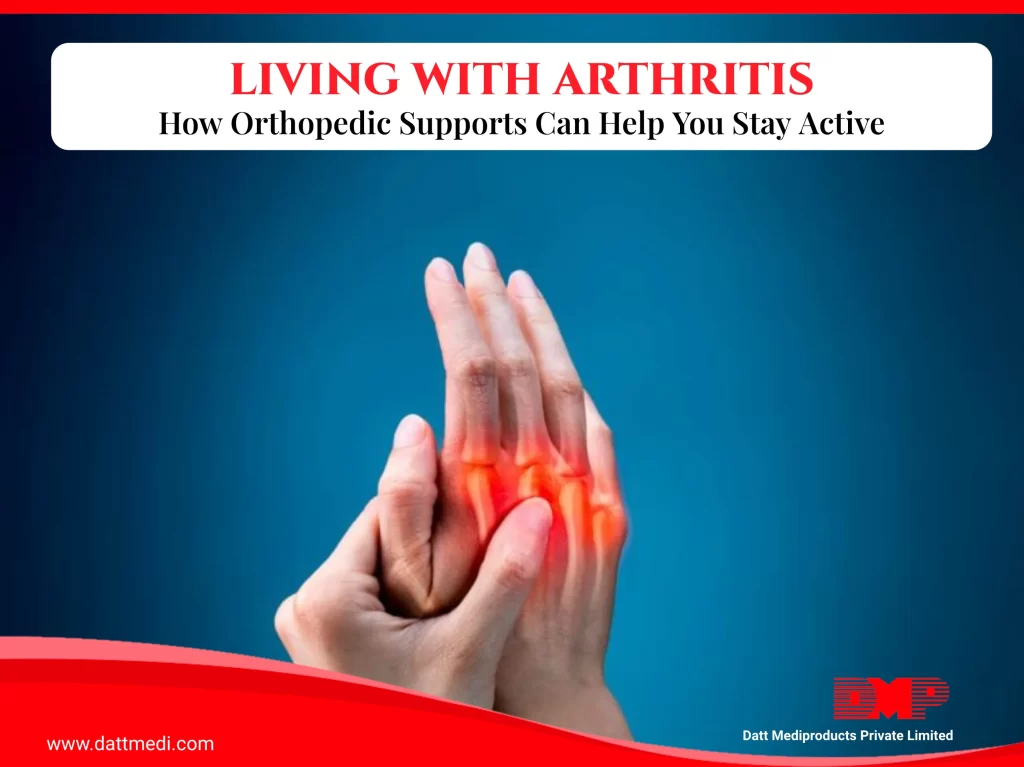
Healing on the Go: Orthopedic and Wound Care Solutions for Physical Activity
Recovery doesn’t mean slowing down. Staying active while recovering from an injury or managing a wound doesn’t have to be an impossible task. With the right products and strategies, you can keep moving while ensuring that your recovery stays on track.
Whether you’re returning to your workout routine after surgery, dealing with an orthopedic injury, or healing a wound, we’ve got you covered. Let’s dive into how you can integrate orthopedic and wound care products into your active lifestyle to keep you on the move and in the game.
The hidden risks of being active during recovery
Exercise helps circulation and mental health, but certain movements can disrupt healing.
For wounds, bending, twisting, or sweating can weaken dressings and delay recovery.
EXAMPLE
Imagine a wound that’s healing well, but every time you move, the bandage loosens or moisture from sweat causes irritation. That can delay healing, reopen a wound, or even introduce bacteria. Similarly, orthopedic injuries like fractures or sprains require careful management to avoid strain that hinders healing.
The first rule of staying active during recovery?
Keep wounds protected during physical activity. The right products will shield your injury from friction, dirt, and moisture while allowing the skin to breathe. Opt for dressings that stay secure, comfortable, and irritation-free.
Our top products for Active Healing
When it comes to active recovery, we understand that you need products that work with you, not against you. That’s why we recommend products designed for ultimate support and flexibility.
- Velpore™, Pressure-Sensitive Adhesive Tape:
Hypoallergenic and breathable, it keeps dressings in place during physical activity without skin irritation.
- Velfix® –T+Pad, Waterproof Dressing:
Ideal for post-surgical recovery, this waterproof dressing provides a bacterial barrier while you stay active.
- Velfix® -T Film, Transparent Dressing:
Clear, waterproof, and flexible, it offers protection while maintaining full range of motion.
When dealing with an orthopedic injury, immobilization is essential—but that doesn’t mean you have to sit on the sidelines. Whether it’s a sprain, strain, or fracture, finding the right orthopedic product can help ensure that your recovery stays on track, even as you navigate through your day-to-day activities.
Hygiene: Clean up after movement
Excess sweat and dirt can compromise wound care. Velfix® -T+Pad helps manage moisture and ensures easy post-workout cleaning, preventing infection while maintaining healing.
While staying active is crucial, some exercises may be more beneficial than others during recovery. Low-impact activities like walking, swimming, or cycling can promote healing without overstraining your injury.
Recognize when to pause
Pay attention to swelling, redness, or increased pain after activity. If these occur, rest and assess—early intervention ensures faster recovery.
Holistic Healing: Rest & Nutrition
Healing requires proper rest and nutrition. A balanced diet, hydration, and enough sleep support tissue repair and overall recovery. Include vitamins, protein, and antioxidants to aid healing. Stay active and heal efficiently by using the right wound care and orthopedic products. With proper protection, hygiene, and mindful activity, your recovery journey can stay on track.




